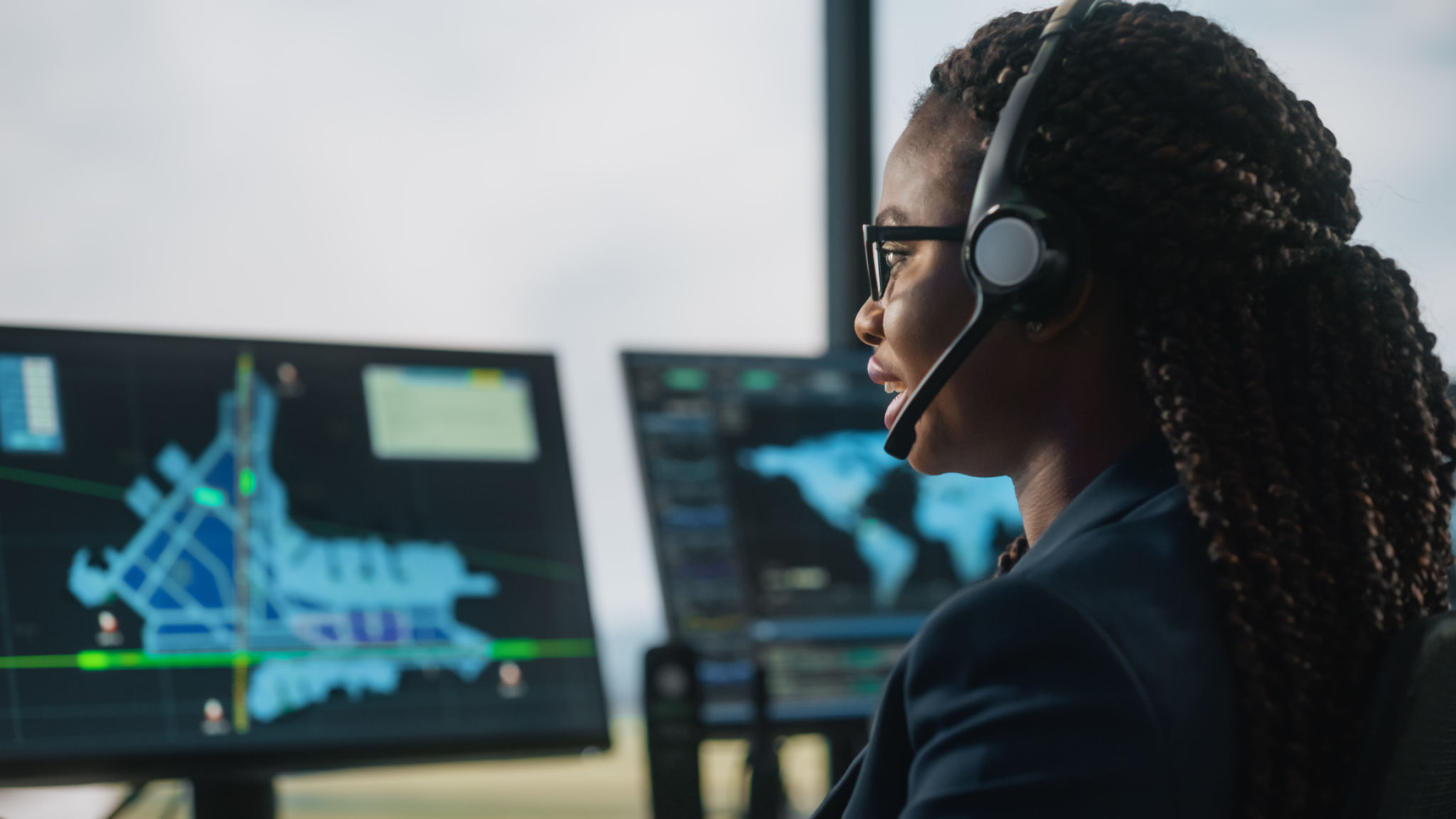Myth-Busting: Common Misconceptions About Aviation for Students
Understanding Aviation: Debunking Popular Myths
When it comes to aviation, misconceptions abound. These myths can deter students from exploring exciting careers in the field. This post aims to clear up some common misunderstandings and provide accurate insights into the world of aviation.

Myth 1: Flying is Dangerous
Many people believe that flying is inherently dangerous, but this couldn't be further from the truth. Aviation is one of the safest modes of transportation. Thanks to rigorous safety protocols and advanced technology, commercial air travel boasts an impressive safety record. According to statistics, flying is significantly safer than driving a car.
Airlines and regulatory bodies like the Federal Aviation Administration (FAA) continuously monitor and enhance safety measures. Pilots undergo extensive training to manage any potential emergencies, ensuring passenger safety at all times.
Myth 2: Pilots Do All the Work
While pilots play a crucial role in aviation, they are not the only ones responsible for a flight's success. Aviation relies on a vast network of professionals, including air traffic controllers, maintenance technicians, flight attendants, and ground staff. Each plays a vital role in ensuring smooth and safe operations.

Moreover, modern aircraft are equipped with sophisticated autopilot systems that assist pilots during various phases of flight. This technology allows pilots to focus on critical decision-making and situational awareness.
Myth 3: Aircraft Engines Can Fail Easily
A common fear is engine failure, but aircraft engines are designed with redundancy and reliability in mind. Modern commercial aircraft are often equipped with multiple engines, capable of safely flying and landing even if one fails.
Engine failures are exceedingly rare events due to stringent maintenance and inspection protocols. Airlines adhere to strict schedules for engine checks and replacements, ensuring optimal performance and safety.

Myth 4: Aviation Careers Are Only for Pilots
Another misconception is that aviation careers are limited to pilots. In reality, the industry offers a diverse range of career paths. Students can explore roles in aerospace engineering, air traffic control, airport management, aircraft maintenance, and more.
Aviation careers often require specialized training and education, providing students with opportunities for continuous growth and development. Many educational institutions offer programs tailored to various aviation fields, helping students gain the skills needed for successful careers.
Myth 5: Flying Is Environmentally Unfriendly
Concerns about aviation's environmental impact are valid, but the industry is actively working to reduce its carbon footprint. Airlines are investing in fuel-efficient aircraft, sustainable aviation fuels, and innovative technologies to minimize emissions.
Research and development in sustainable practices continue to advance, with initiatives aimed at creating a more eco-friendly future for aviation. Students interested in environmental sciences can contribute to these efforts by pursuing careers focused on sustainability within the industry.

By debunking these myths, we hope to encourage students to consider the vast opportunities within the aviation sector. With accurate information and a clear understanding of the industry, aspiring professionals can confidently pursue their interests in this dynamic field.
